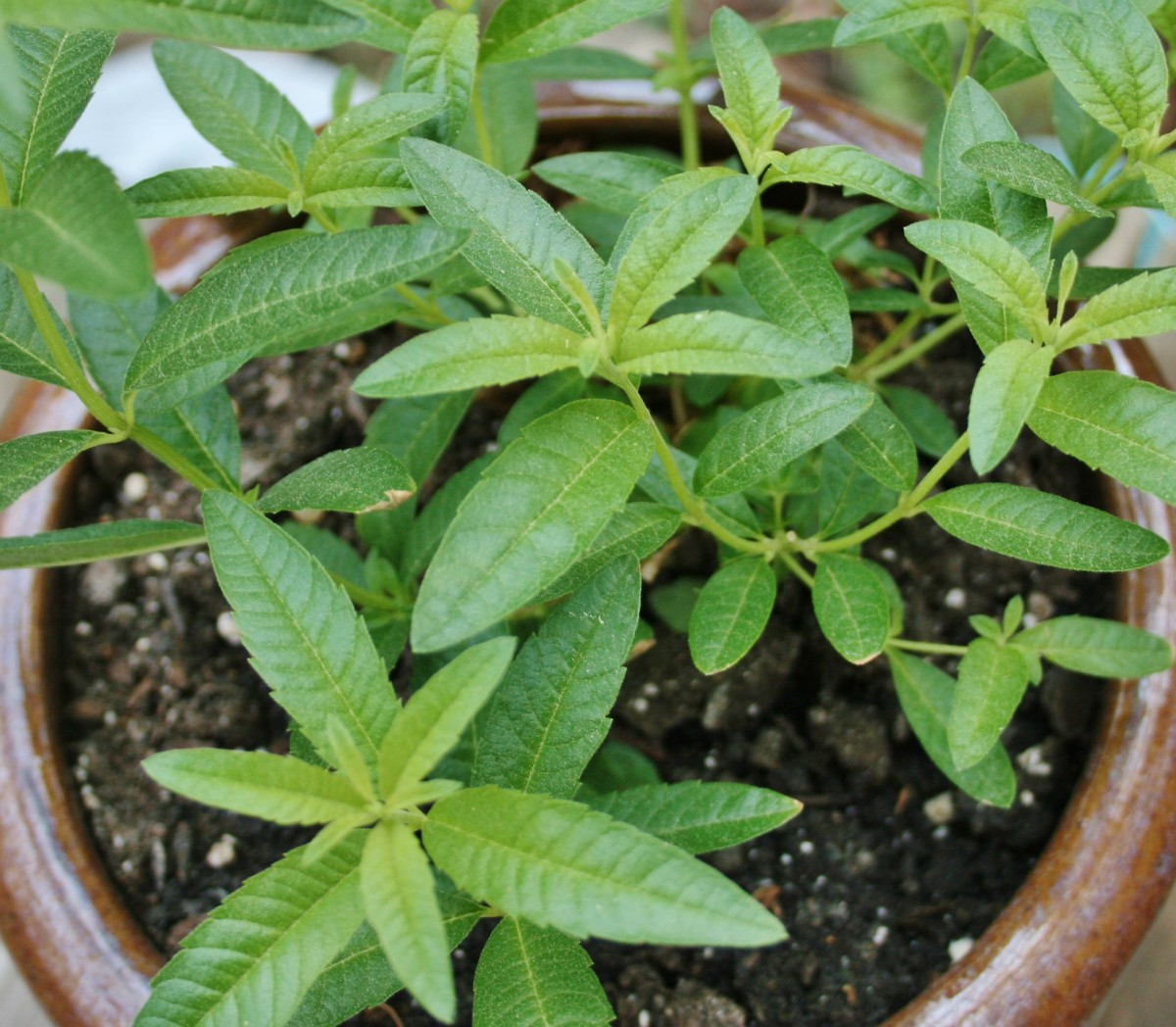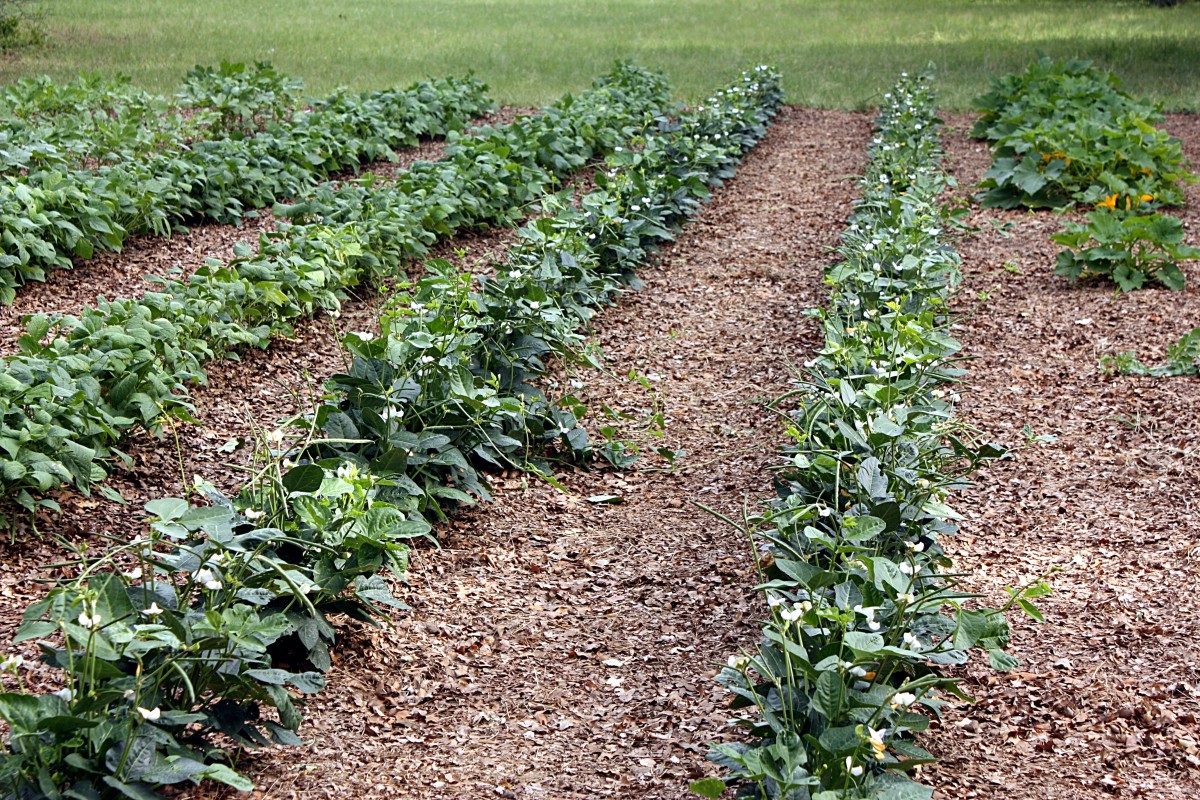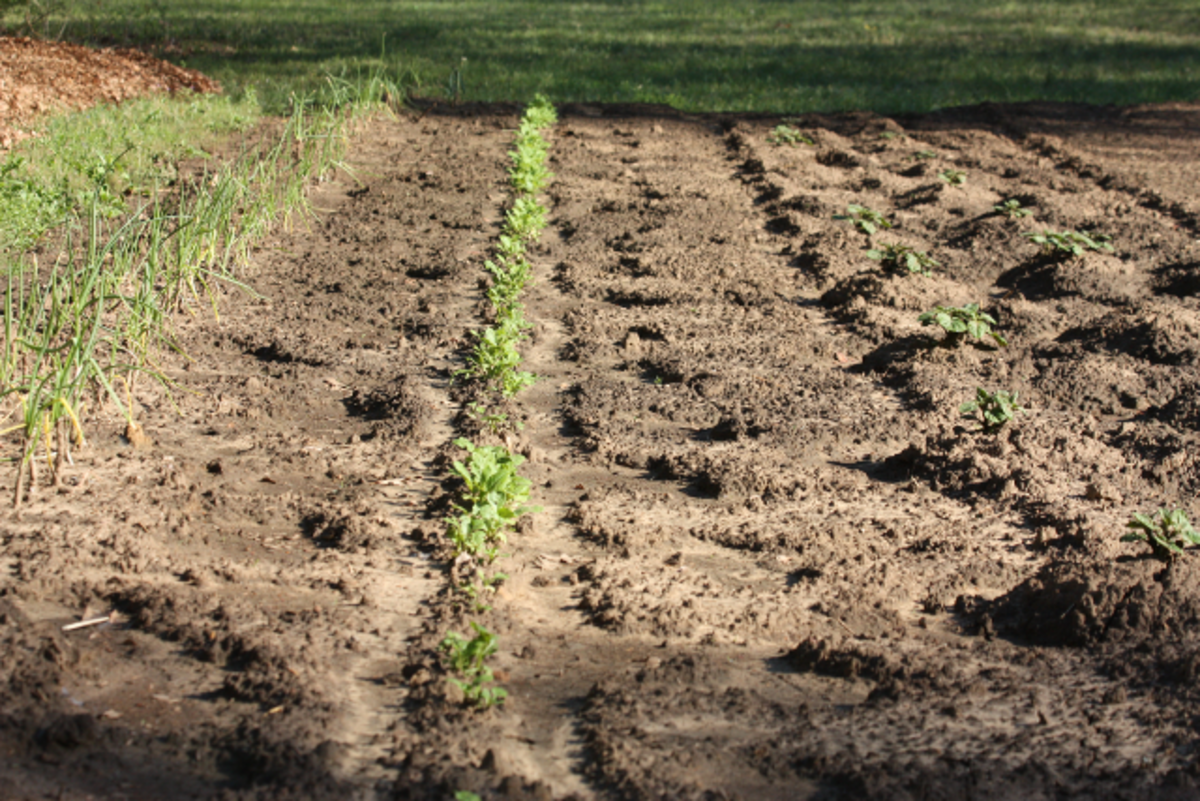How to Prepare a Vegetable Garden for Winter
How to Prepare a Vegetable Garden in the Fall
Fall is the time to dig the soil and get it ready for the next year’s crop.
Freezing and thawing during winter will break up clods and aerate the soil, also getting rid of insect enemies that may have overwintered in the soil.
Fall Gardening: Cleaning Up the Vegetable Garden
Fall is a busy period for the gardener, some cleanup is needed.
When the leaves start changing color in the fall it’s time for cleaning up the vegetable garden.
Harvest any summer crops still left, clean your garden from all dead plants left from the just ended season, especially diseased ones.
Root crops, like onions, carrots, and potatoes can wait a little longer before they are dug out. They can survive mild frosts.
The cabbage family, including broccoli, cauliflower, and Brussels sprouts are fairly safe, but it is a good idea to cover the cauliflower and broccoli, just in case a sharp freeze is in sight.
Some vegetables have chances to survive winter when planted in the fall, such as spinach and garlic, make sure that you do some research and select varieties that are frost tolerant.
Also, leave in the garden your perennials and hardy herbs, like thyme, oregano, and sage. They will go dormant during winter and start growing again in the spring.
The Hard Garden Work in the Fall will Pay Up in the Spring
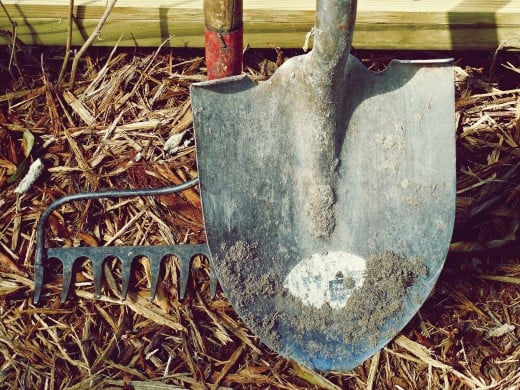
How to Dig the Soil in the Fall
If you have a large garden, a rotary power tiller is very helpful – you can rent it or borrow it if you don’t wish to purchase it.
For smaller lots, you can turn over the soil with a spade - raised beds must be done this way. This is hard work, do it on a cool day and take your time, so that you don’t strain unused muscles.
Before you begin digging, spread your fertilizer over the soil, so you can work it into the soil as you dig.
Double-Digging Method
Especially useful in dry locations, the double-digging method allows you do dig dipper, making it easier for the plants roots to reach down in search of nutrients and moisture. As a result, plants are healthier and better able to defend against insects, compete with weeds, and endure dry periods.
To double-dig a garden:
- Divide your garden in shovel’s width rows.
- Remove the soil from the first row at end of the garden and place it in a wheelbarrow.
- Loosen the exposed subsoil a shovel’s depth.
- Cover it with the top layer of the next row of soil.
- Loosen the newly exposed subsoil of the second row and then cover with the top layer of the third row.
Continue down the bed in this manner, using the soil from the wheelbarrow to fill the final trench.
This is a great time to mix the soil with fallen tree leaves, grass trims, and other organic material. The worms will love it, and it will provide great nourishment for next year’s produce.
Choosing the Right Fertilizer for Your Garden
When you apply fertilizer, plan ahead on what kind of crop you are going to saw in a particular area, and choose your fertilizer accordingly.
Leafy vegetables, such as lettuce, Swiss chard, and cabbage, use large amounts of nitrogen.
Seed or fruit producing vegetables, such as beans and tomatoes, use much potassium.
There are many kinds of fertilizers that you can use, the two main categories are organic or inorganic.
Organic Fertilizers
Organic fertilizers such as manure or compost.
They are made from animal, vegetable, or mineral sources, and rock phosphates.
They build soil structure by adding valuable humus, the amount of decaying organic matter present in your soil.
Depending on the organic origin of the fertilizers, they provide different content of chemicals and nutrients.
Organic fertilizers release their nutrients slowly, which is the safest way to fertilize.
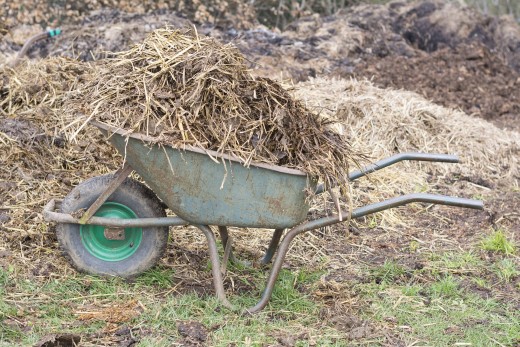
Inorganic Fertilizers
Inorganic or synthetic fertilizers are produced artificially in a chemical refinery, made from treated minerals.
The amounts and percentages of nutrients are clearly stated on the label.
Plastic Covered Winter Tunnel: Polytunnel
In fall, you can plant crops of cold-hardy salad vegetables including spinach, kale, chicory, arugula, green onions, and endive.
To protect your winter crop from frost and snow, it is a good idea to build a plastic covered tunnel, or polytunnel , and install it two weeks before first frost. Keep the ends of the tunnel open during warm days, close them at night, especially if frost is expected. Make sure you water often.
Before periods of cold, check your tunnel to make sure all edges are secured.
Plastic Covered Winter Tunnel
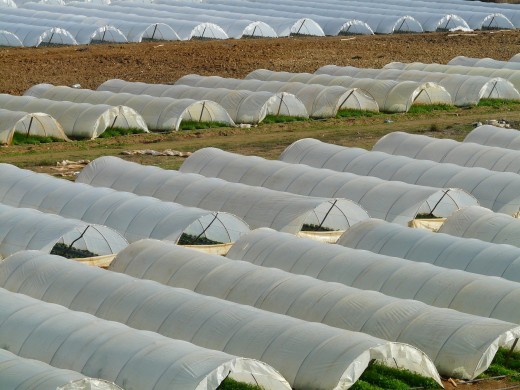
Characteristics of a Good Winter Tunnel
- Strong and well supported, to withstand ice and snow. You can use 5-foot wide concrete reinforcing wire for support.
- Covered with clear 4 or 6-mil plastic.
- Able to open at each end, to provide ventilation on mild winter days.
- Located in a fertile sunny spot.
- Well anchored to the ground.
© 2012 Robie Benve

